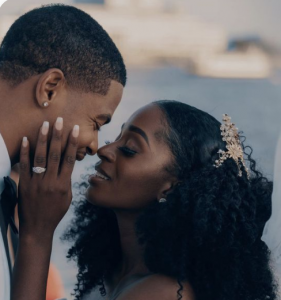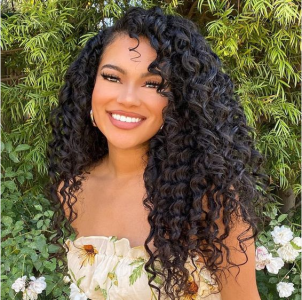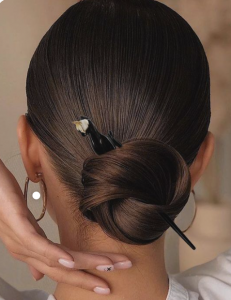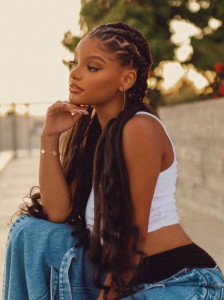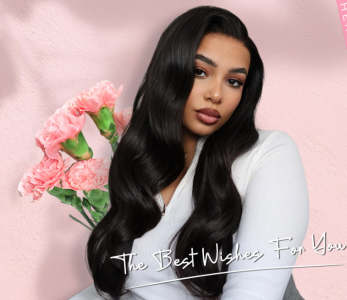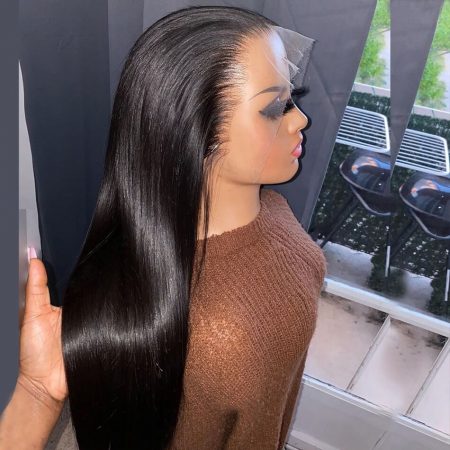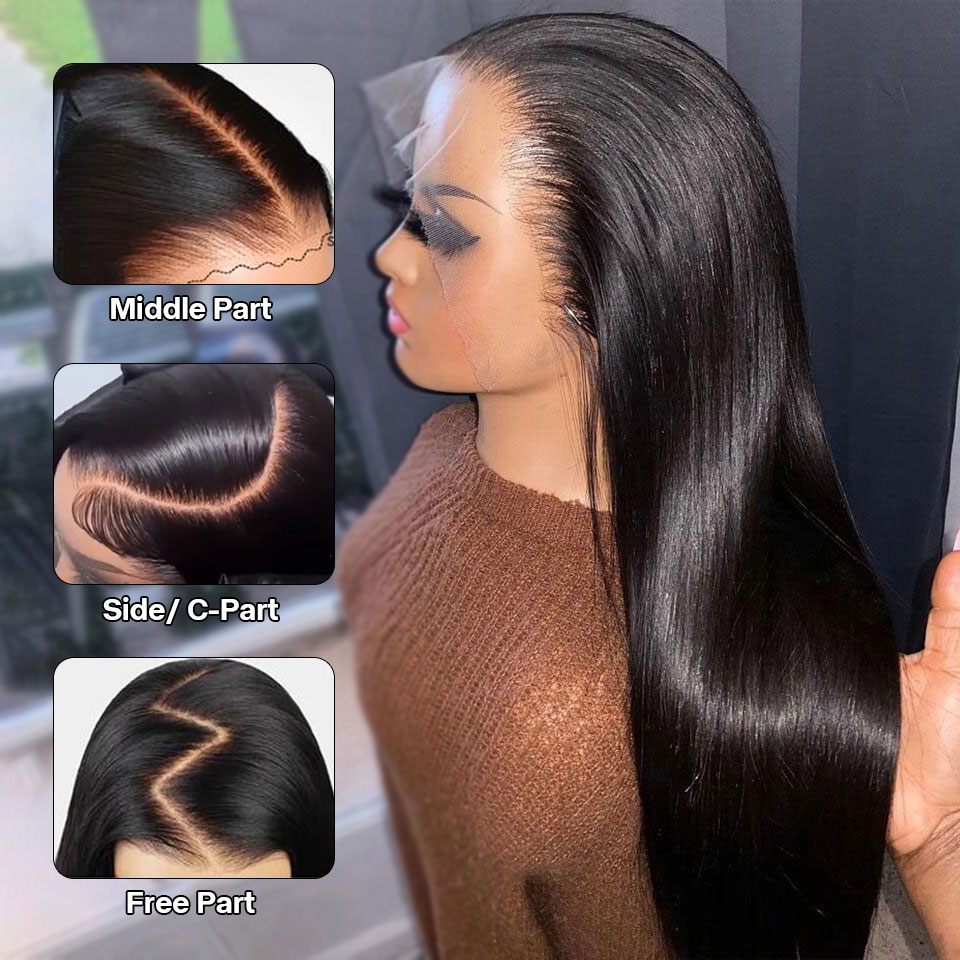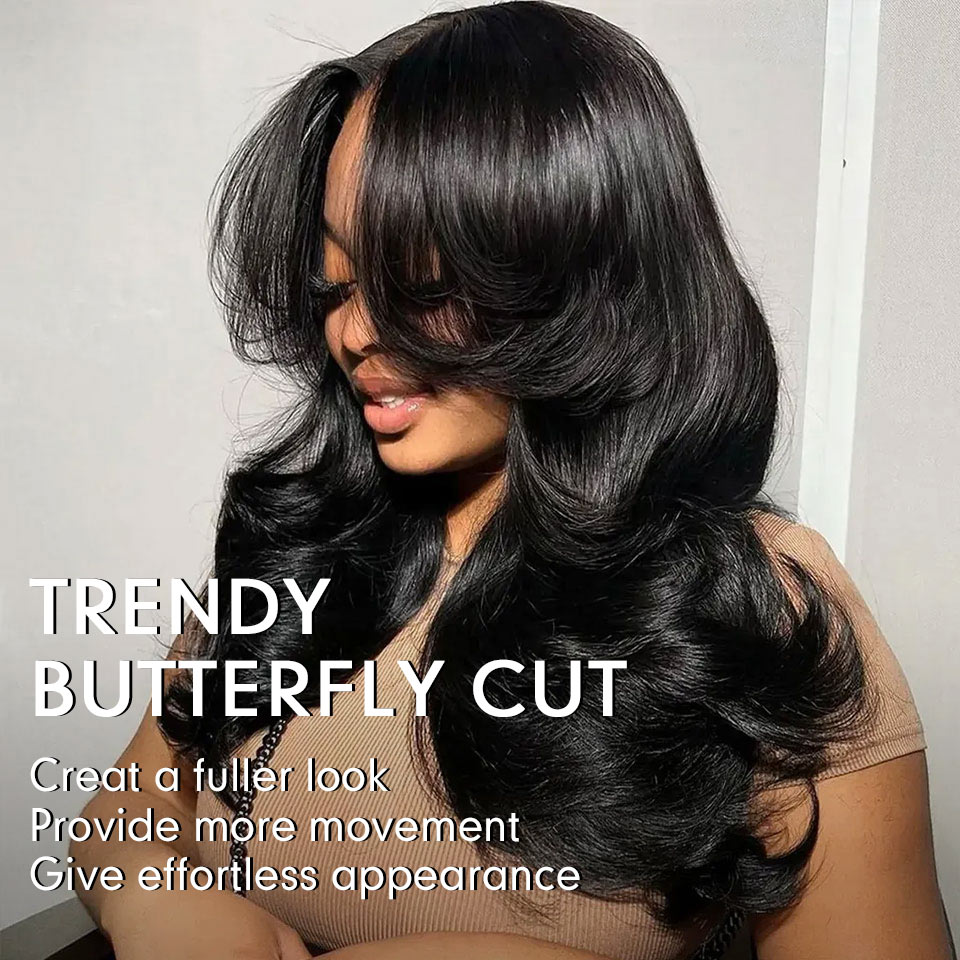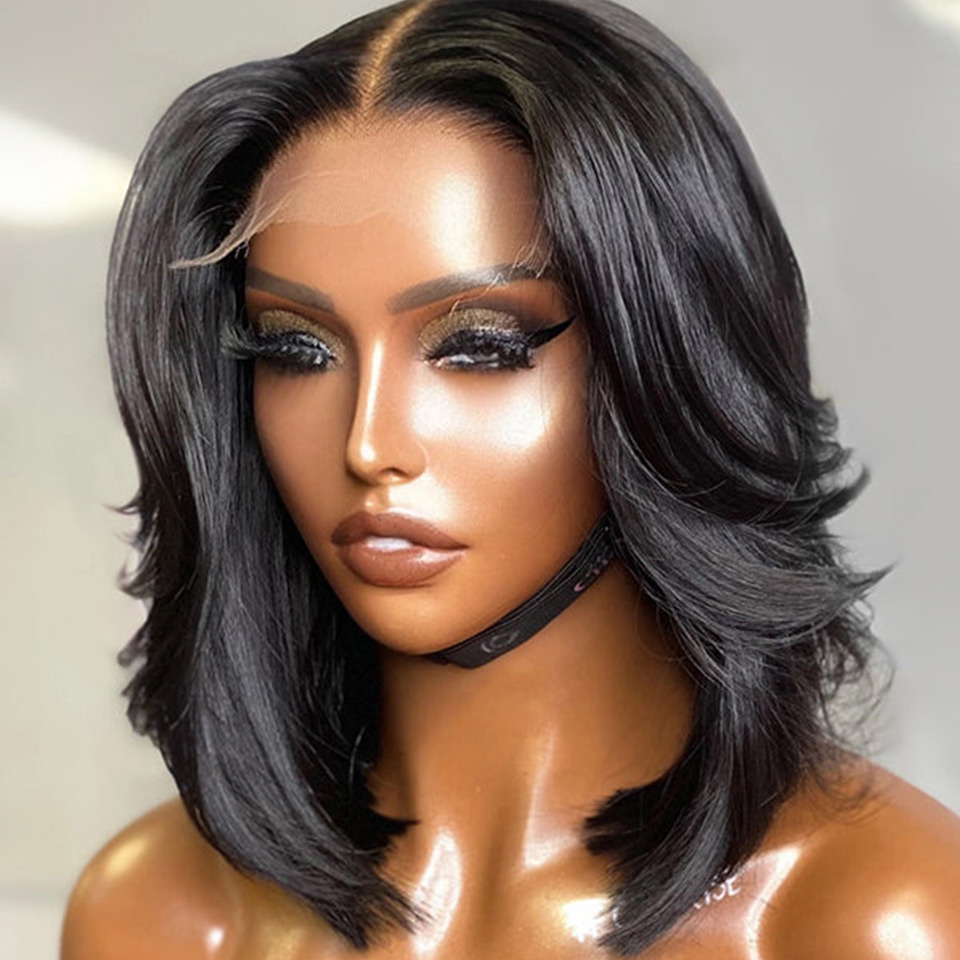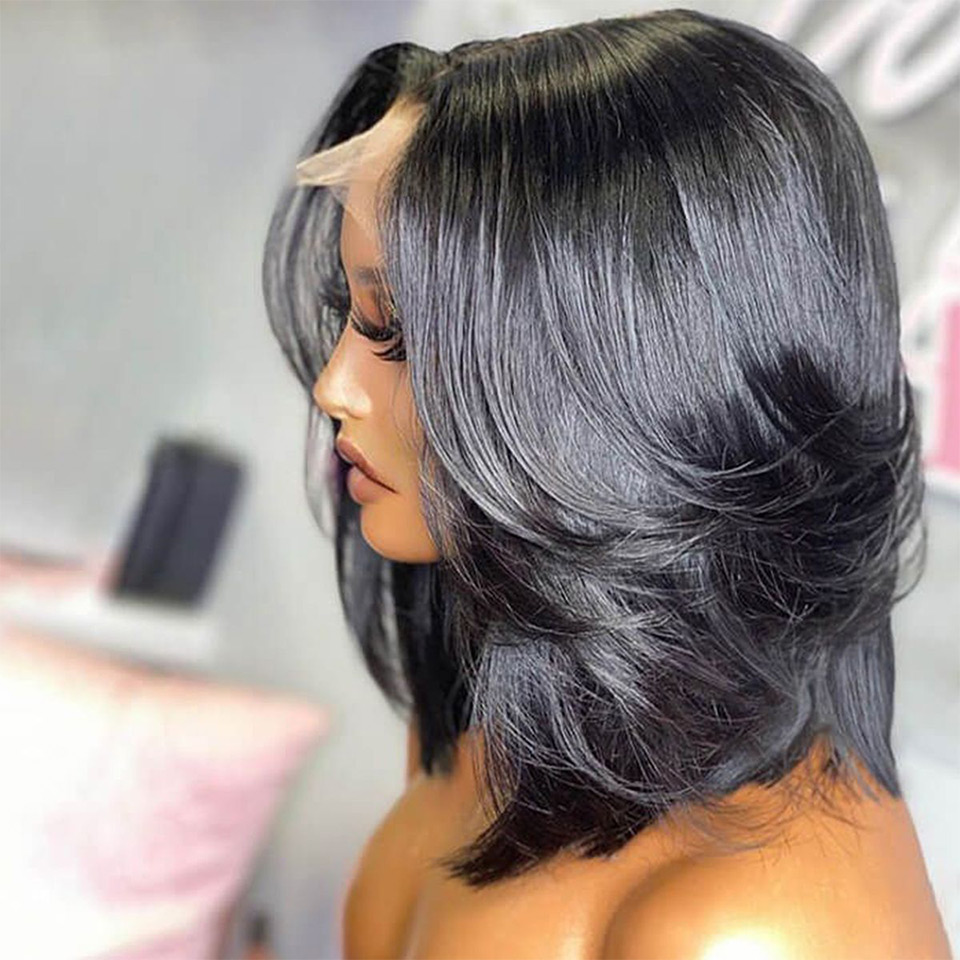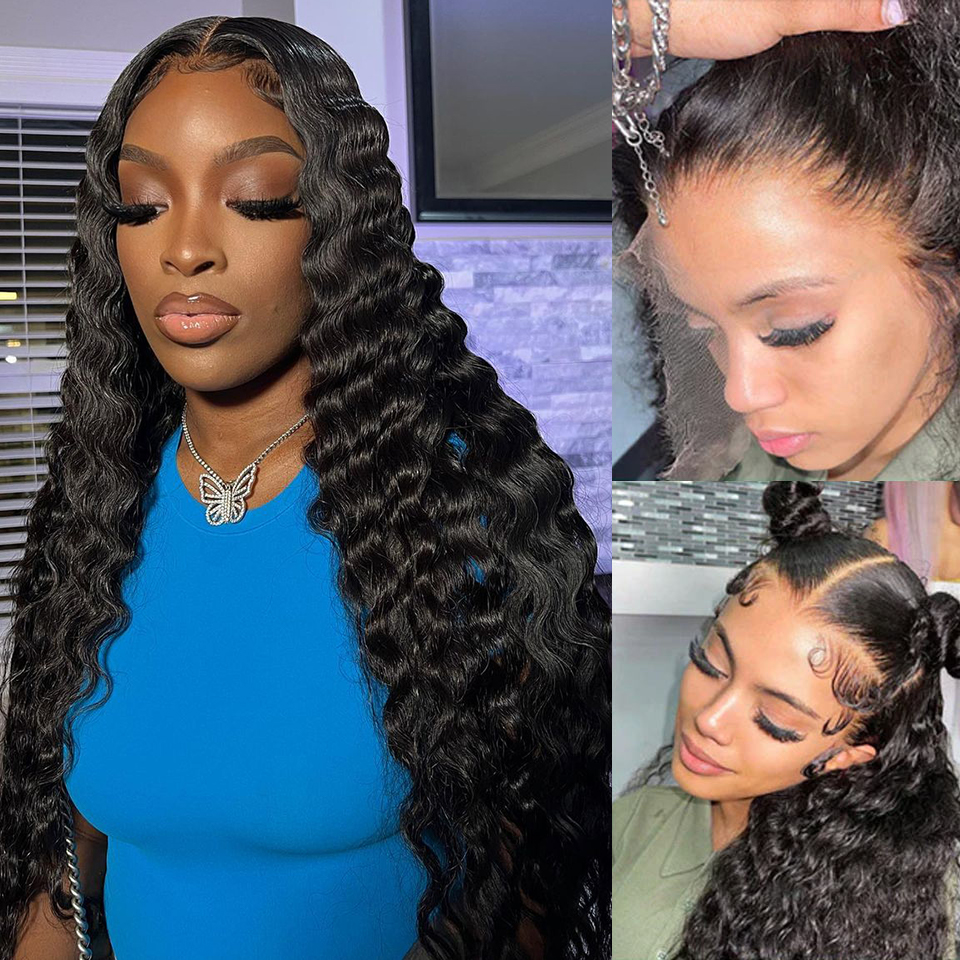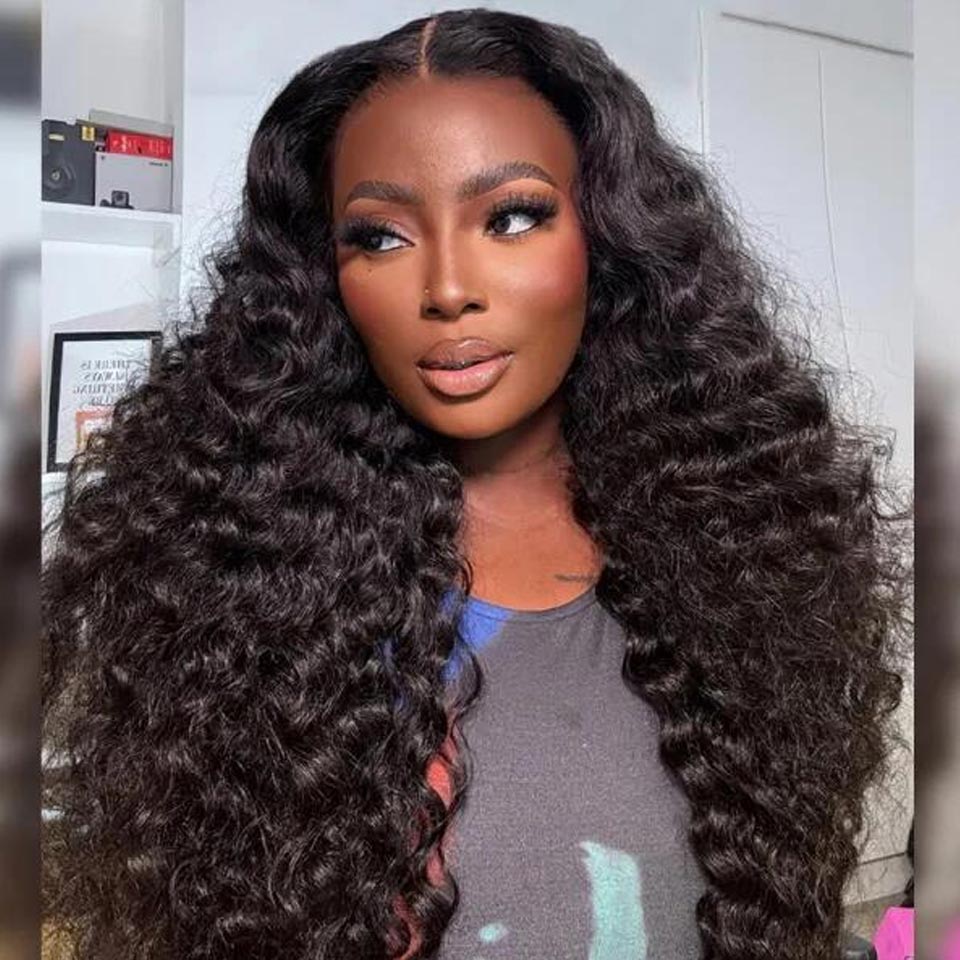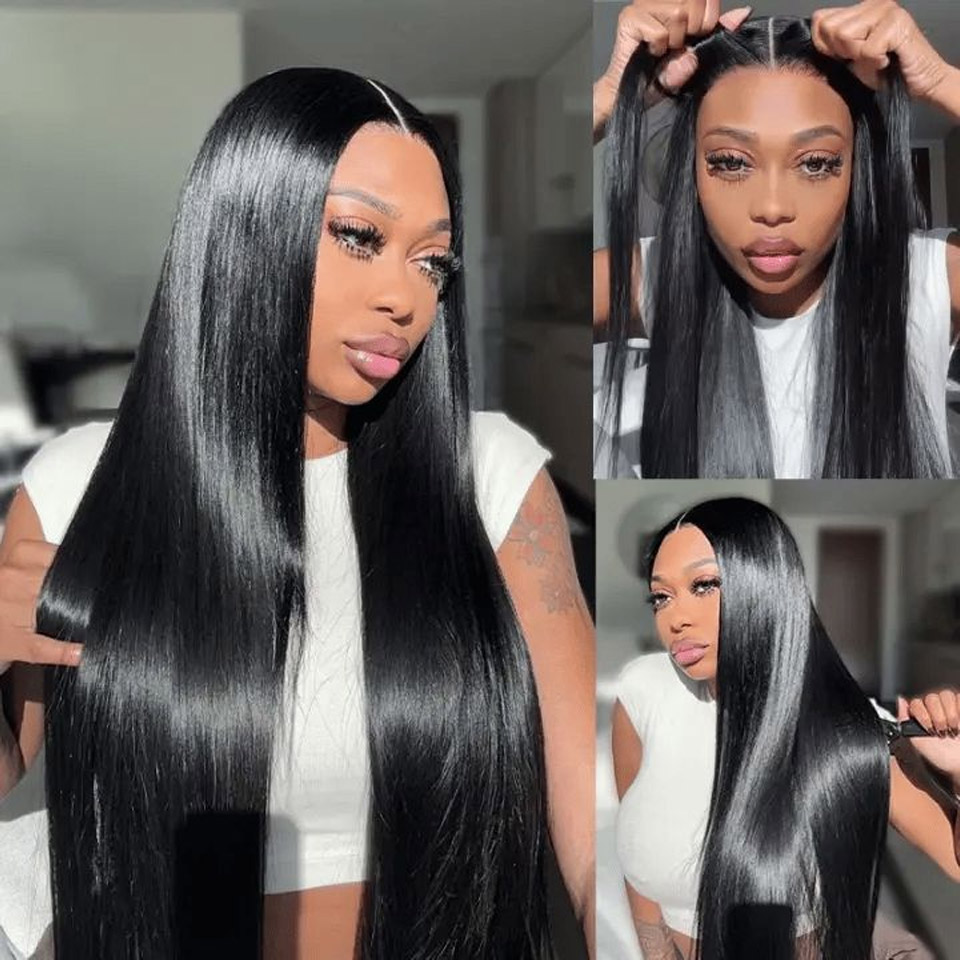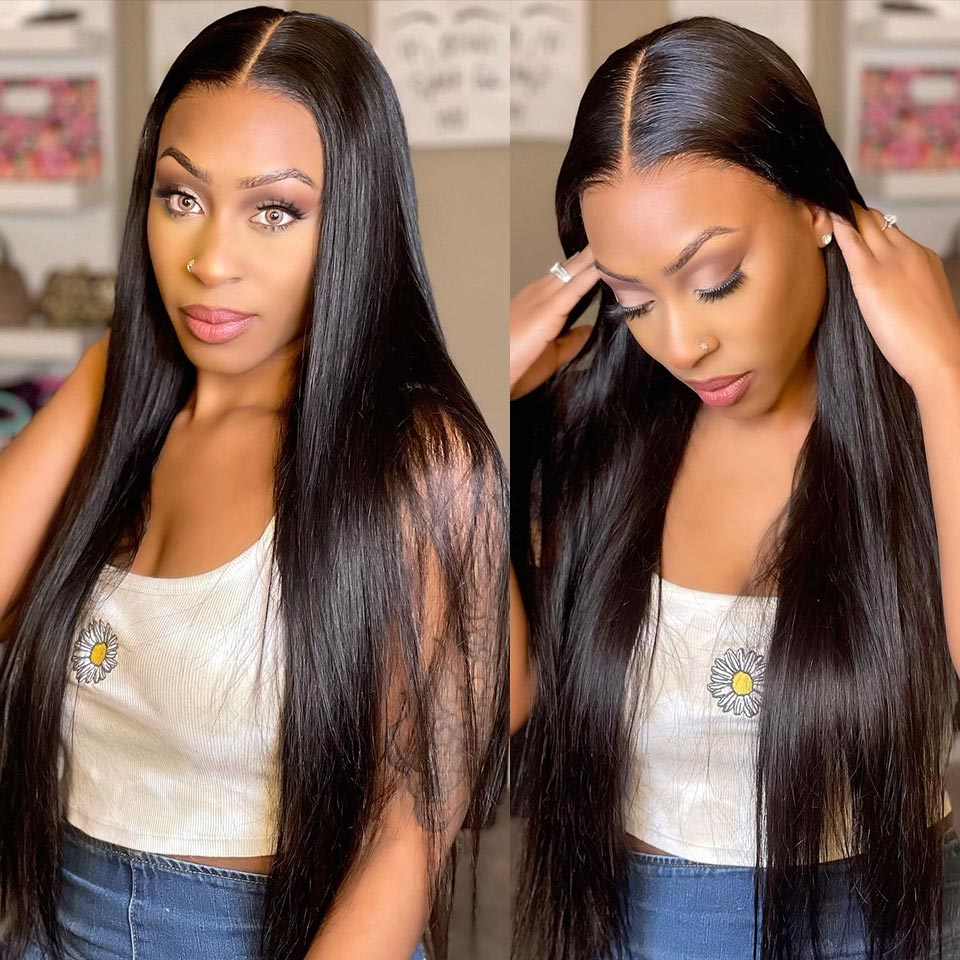Bob wigs have been a timeless and versatile hairstyle that continues to dominate the fashion scene. Whether you’re looking for a chic and sophisticated look or a trendy and edgy appearance, a bob wig can cater to various style preferences. However, to achieve the perfect bob haircut, you may need to trim or cut the wig to suit your specific needs. In this comprehensive guide, we will walk you through the step-by-step process of cutting a bob wig, ensuring you achieve a flawless and customized look.
Gather Your Tools and Materials.
Before you begin cutting your bob wig, it’s essential to gather all the necessary tools and materials to ensure a smooth and precise process. Here’s what you’ll need:
Bob Wig: Choose a high-quality bob wig made from human hair or synthetic fibers, depending on your preference and budget.
Mannequin Head: A mannequin head is a crucial tool for wig styling. It allows you to work on the wig more comfortably and with greater precision.
Wig Stand or Clamp: A wig stand or clamp will hold the mannequin head securely in place, preventing any unnecessary movement during the cutting process.
Sharp Scissors: Invest in a pair of sharp, professional-grade scissors specifically designed for cutting wigs. Dull scissors can damage the wig fibers.
Comb: A fine-toothed comb is ideal for detangling and parting the wig’s hair.
Hair Clips: Use hair clips to section off the hair and keep it in place while you work on specific areas.
Spray Bottle with Water: You may need to dampen the wig slightly to make it easier to work with.
Choose Your Bob Style.
Before you start cutting, it’s essential to decide on the specific bob style you want to achieve. Bobs come in various lengths and variations, including the classic chin-length bob, the asymmetrical bob, and the long bob (lob). Research different bob styles and choose the one that best suits your face shape and personal style.
Prepare the Wig.
Wash and Condition: If your wig isn’t brand new, it’s a good idea to wash and condition it before cutting. Use a wig-specific shampoo and conditioner and follow the care instructions provided with your wig.
Detangle: Gently detangle the wig using a fine-toothed comb. Start from the ends and work your way up to the roots to avoid damaging the wig fibers.
Secure on Mannequin Head: Place the mannequin head on the wig stand or clamp and secure the wig onto the head. Make sure it’s centered and secure, so it doesn’t move around while you work.
Create a Guideline.
Creating a guideline is a crucial step in achieving a symmetrical and well-balanced bob haircut.
Part the Hair: Use your comb to create a clean, straight part down the middle of the wig. This part will serve as your guideline for the bob’s length and symmetry.
Clip the Sides: Use hair clips to separate the front and back sections of the wig. This will help you focus on one section at a time.
Cutting the Bob.
Now, let’s get into the actual cutting process.
Start with the Back: Begin cutting the back section first. Hold the scissors at a slight angle, and cut the hair following the guideline you created. Take small, even sections and make sure the cut is straight and even across the back.
Move to the Sides: Once you’ve finished the back, unclip one of the side sections. Comb the hair straight down and use the back section as a guide. Cut the side section at the same angle as the back for a consistent look.
Repeat on the Other Side: Unclip the other side section and repeat the cutting process, ensuring symmetry with the first side.
Check and Adjust: After cutting both sides, check the bob’s length and symmetry in the mirror. Make any necessary adjustments to achieve your desired look.
Styling and Finishing.
Once you’ve achieved the desired bob length, it’s time to style and finish your wig.
Style as Desired: Style your bob wig using heat styling tools, such as a flat iron or curling iron, to achieve the desired texture and shape.
Add Layers (Optional): If you want to add layers or texture to your bob, do so carefully. Use point-cutting or slide-cutting techniques to create soft, blended layers.
Finishing Products: Apply styling products, such as hairspray or serum, to set the style and add shine.
Final Check: Once you’re satisfied with your bob wig, do a final check in the mirror to ensure it meets your expectations.

Different Face Shapes Can Cut Different Bob Wig.
Absolutely! Different face shapes often benefit from specific bob wig styles to enhance their features and create a harmonious overall look. Let’s explore how different face shapes can influence the choice of bob wig:
Round Face:
Ideal Bob Style: Asymmetrical Bob or Angled Bob.
Why: These bob styles add angles and definition to a round face, creating the illusion of a more elongated face shape. The asymmetry helps balance the roundness.
Square Face:
Ideal Bob Style: Soft Layered Bob or Textured Bob.
Why: Soft, layered bobs help soften the strong jawline of a square face. The layers create movement and add a touch of femininity to the overall appearance.
Oval Face:
Ideal Bob Style: Virtually any bob style.
Why: Oval faces are considered the most versatile, as they can pull off various bob styles beautifully. Experiment with different lengths and textures to find your perfect look.
Heart-Shaped Face:
Ideal Bob Style: Chin-Length Bob or Wavy Bob.
Why: These bob styles balance the wider forehead and narrower chin typical of a heart-shaped face. They draw attention to the chin area while softening the forehead.
Long Face (Rectangular):
Ideal Bob Style: Blunt Cut Bob or Classic Bob.
Why: These bob styles add width to the face, making it appear shorter. A blunt cut bob can create the illusion of fullness, balancing the length of a long face.
Diamond Face:
Ideal Bob Style: Side-Parted Bob or Layered Bob.
Why: Diamond faces have distinct cheekbones and a narrower forehead and chin. Side-parted or layered bobs can soften the angles and create a more balanced look.
Pear-Shaped Face:
Ideal Bob Style: Inverted Bob or Graduated Bob.
Why: These bob styles draw attention upward, away from the wider jawline of a pear-shaped face. They create a more balanced appearance.
It’s important to note that these recommendations are guidelines, and personal style preferences play a significant role in choosing a bob wig. Additionally, hairstyles can be an excellent tool for enhancing your facial features and boosting your confidence, so don’t be afraid to experiment and find the bob style that makes you feel your best.
Mistakes You May Make.
When cutting a bob wig, there are several common mistakes that people may make. These mistakes can affect the final outcome and the overall appearance of the wig. Here are some of the most common mistakes to avoid:
Not Planning the Style: One of the most significant mistakes is not planning the bob style in advance. Without a clear idea of the desired length and shape, you may end up with a bob that doesn’t suit your face shape or style preferences.
Using Dull Scissors: Using dull or inappropriate scissors can lead to uneven and frayed cuts, potentially damaging the wig’s fibers. Invest in high-quality, sharp scissors designed for cutting wigs.
Cutting Too Much at Once: It’s essential to cut small sections of hair at a time, especially when working on the back and sides. Cutting too much hair at once can result in an uneven or lopsided bob.
Neglecting Face Shape: Not considering your face shape when choosing a bob style can lead to a look that doesn’t complement your features. Each face shape has its ideal bob style, as mentioned earlier.
Skipping the Guideline: Skipping the step of creating a guideline, such as a straight part down the middle, can result in an asymmetrical or crooked bob. Always establish a clear guideline before cutting.
Not Checking for Symmetry: Failing to regularly check for symmetry throughout the cutting process can lead to uneven sides or an imbalanced bob.
Cutting Wet Hair: Cutting a bob wig when it’s too wet can lead to inaccurate results. Wet hair appears longer than dry hair, so you may end up cutting more than intended. It’s better to work with slightly damp hair if needed.
Ignoring the Wig’s Fiber Type: Different wig fibers (human hair, synthetic, etc.) require different cutting techniques. Make sure you’re familiar with the specific care and cutting instructions for the type of wig you have.
Over-Texturizing: Adding too many layers or excessive texturizing can make the bob wig look thin and uneven. It’s important to strike a balance between texture and fullness.
Rushing the Process: Cutting a bob wig should be done patiently and with precision. Rushing through the process can lead to errors and an unsatisfactory result.
Not Seeking Professional Help: If you’re uncertain about cutting your bob wig or want a complex style, it’s a mistake not to seek the assistance of a professional hairstylist or wig specialist. They have the expertise to create a flawless bob tailored to your needs.
Lack of Maintenance: After cutting the bob wig, proper maintenance is crucial to keep it looking its best. Neglecting care routines can result in a messy and untidy appearance.
All in All.
Cutting a bob wig requires patience, precision, and the right tools, but with practice, you can achieve a customized bob that perfectly suits your style. Remember to take your time, follow the steps carefully, and don’t hesitate to seek professional help if you’re unsure about any aspect of the process. With the right approach, you’ll be rocking a stunning bob wig in no time, ready to turn heads wherever you go.





